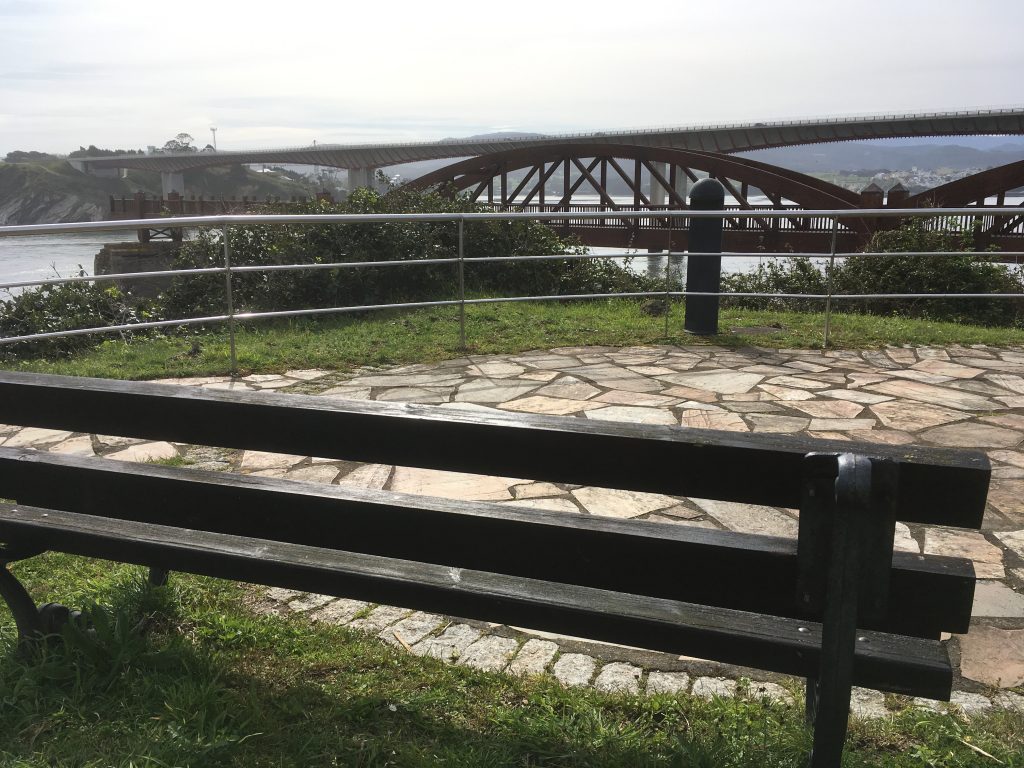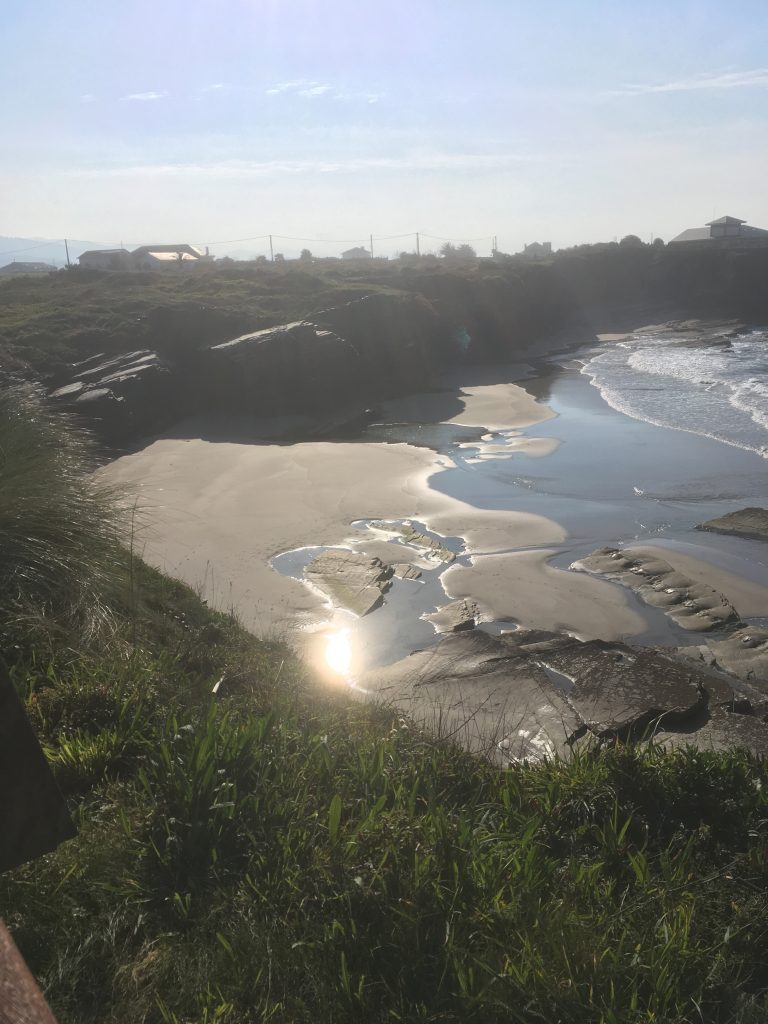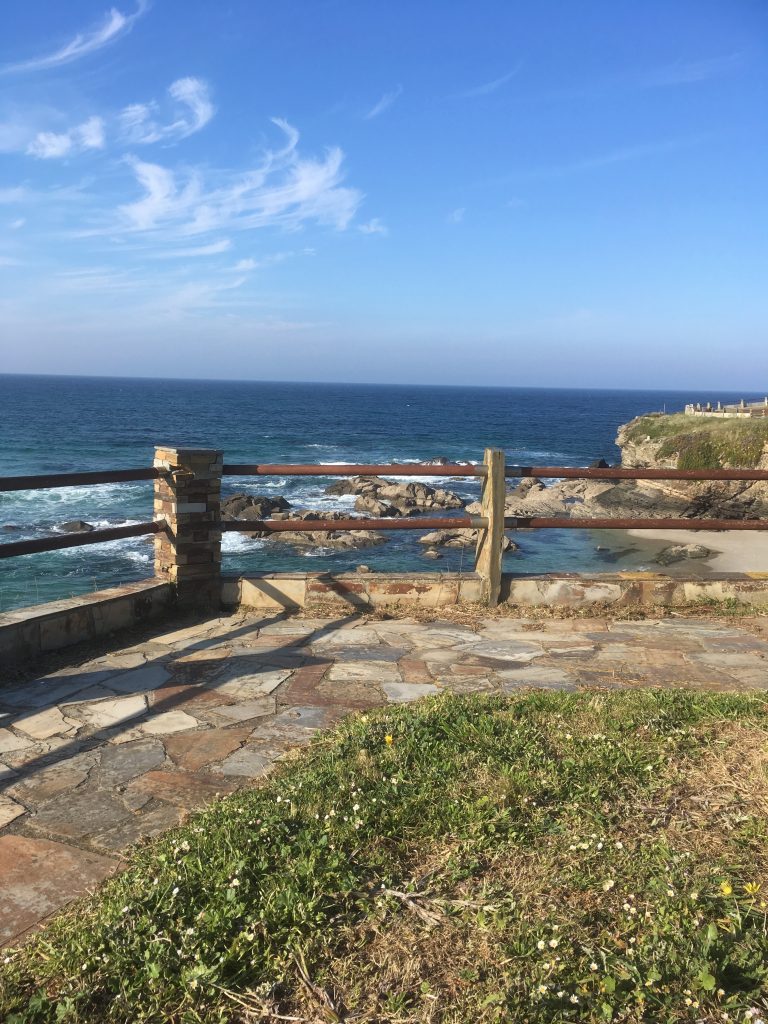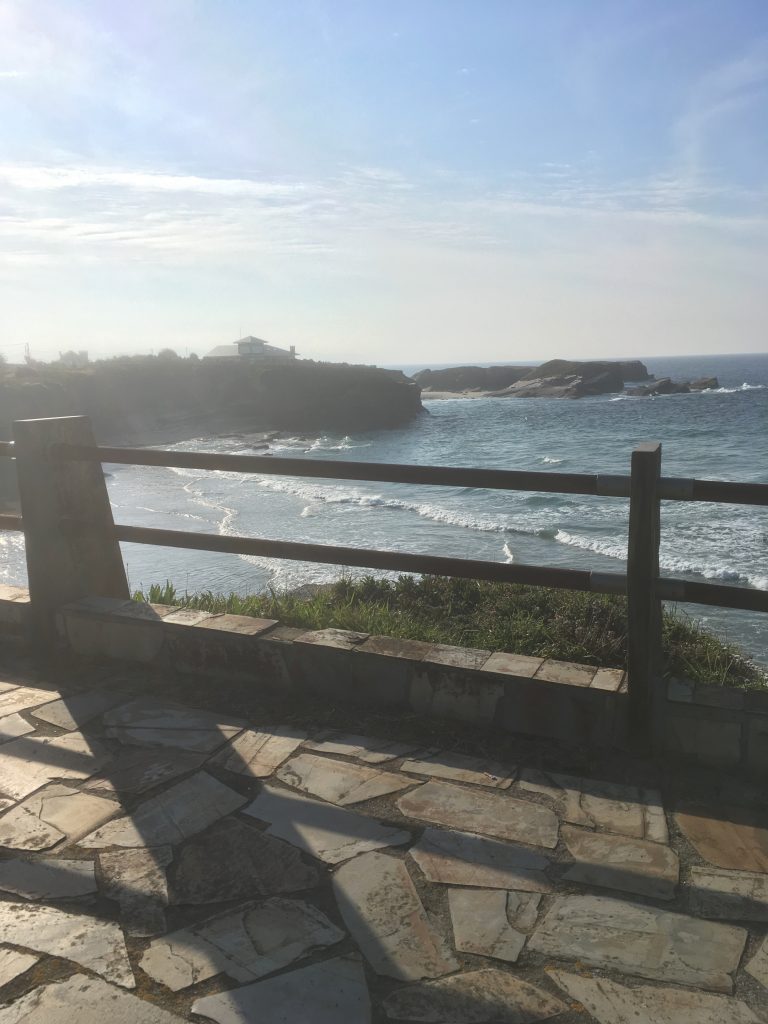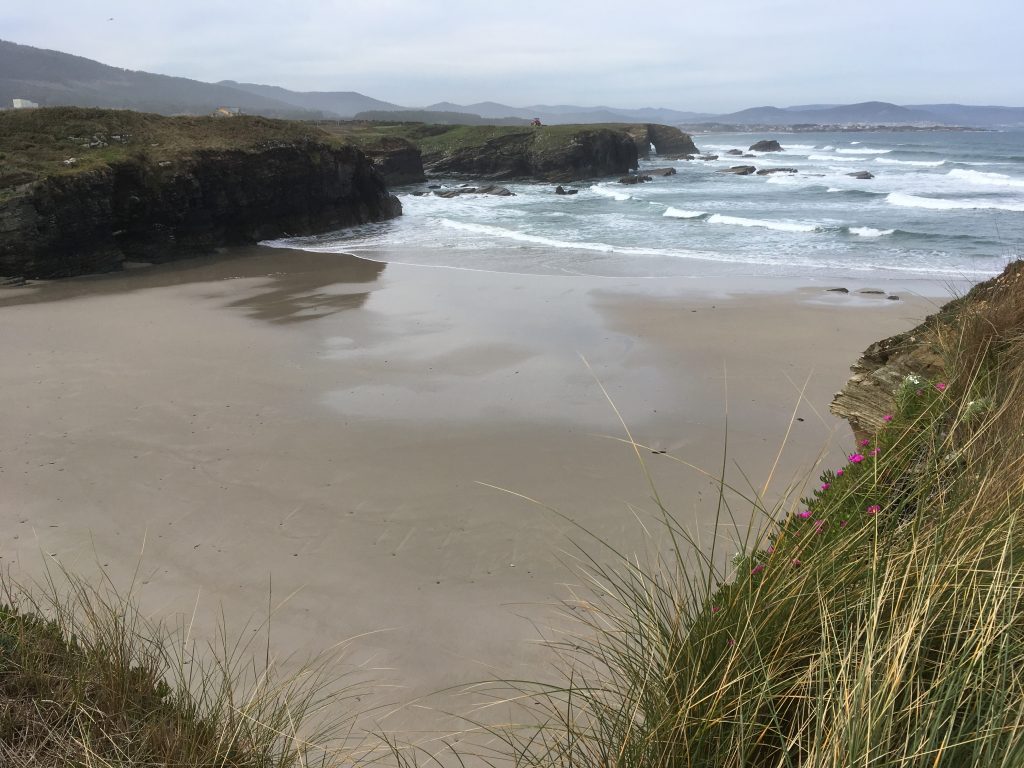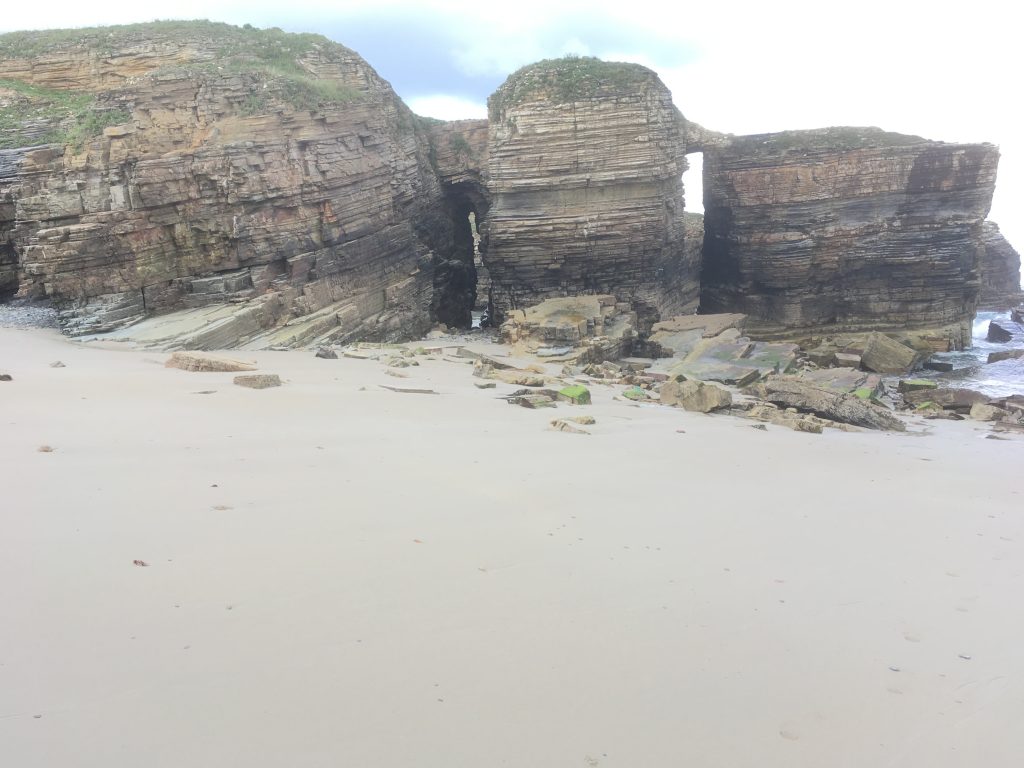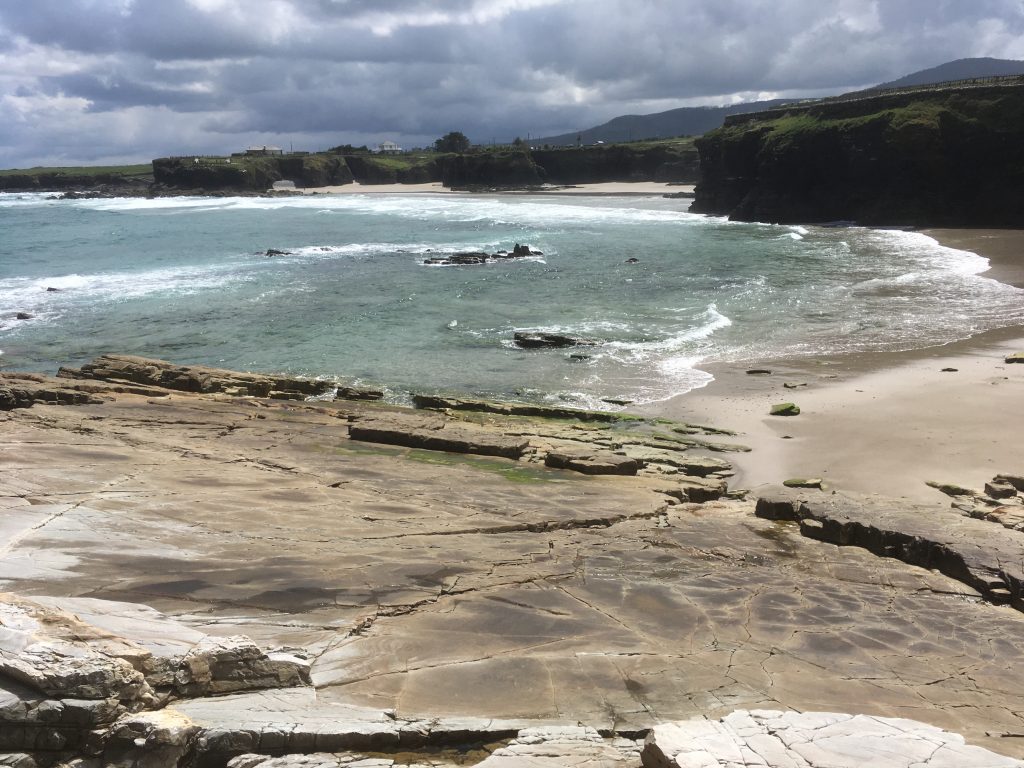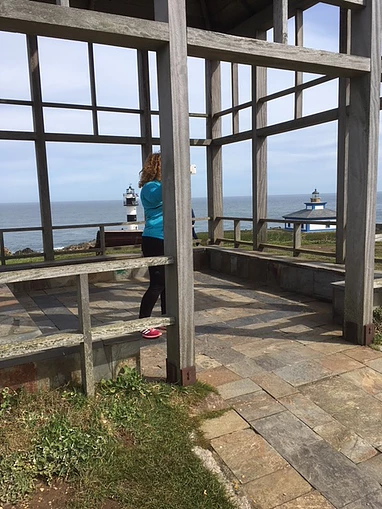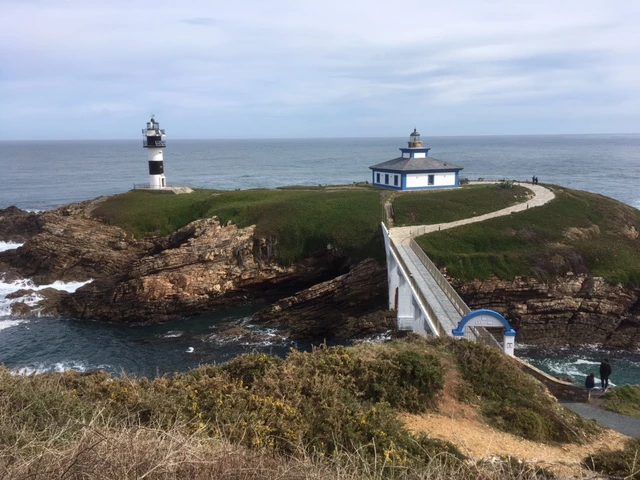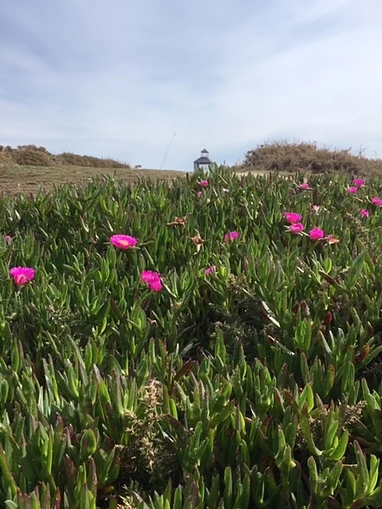ROUTE PLAYA DE LAS CATEDRALES TO RINLO. RINLO TO ILLA PLANCHA -RIBADEO-.
A route to make from our apartment Costa Reinante Spa is the one that runs along the road parallel to the sea that goes from Playa de Las Catedrales to Illa Pancha. It passes through the town of Rinlo where making a stop along the way is almost obligatory. In this way we can taste the famous rice with lobster from the Restaurant La Cofradía.
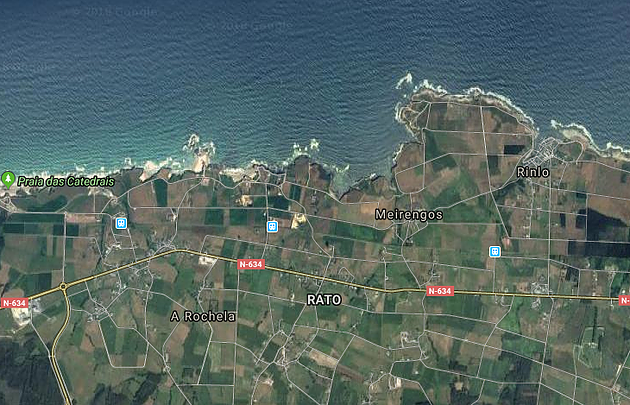
Os Castros Beach
Once we visit Playa de Las Catedrales, we will start by making a stop at the beach of Os Castros. This beach is characterized by the peculiar way of accessing it. It is accessed through a small tunnel dug into the rocks, which is accessed by stairs with a steep slope. Looks like you’re going into a hole until you suddenly discover the beach access tunnel. Os Castros Beach is one of the best beaches for bathing or spending the day, always taking into account the tides. Therefore, high tides must be avoided as the beach is practically covered by the sea. On this beach children can enjoy the fine sand as well as small ponds where to splash without any danger.
Illas Beach
Next to this beach we find the Playa de Illas which we can access from the beach of Los Castros at low tide. From this beach you can see arches similar to those we observe on Playa de Las Catedrales.
Cetáreas
A few meters later we will meet the first of the cetareas of Rinlo, the one located in Punta Corveira. This cetarea still retains some of the original buildings. Special care should be taken with children as there are areas that are not sufficiently protected. At about 500 meters we will find the second cetarea and a few meters later the third cetarea. Nearest to Rinlo and next to the car park where we must leave our car to visit the fishing parish of Rinlo.
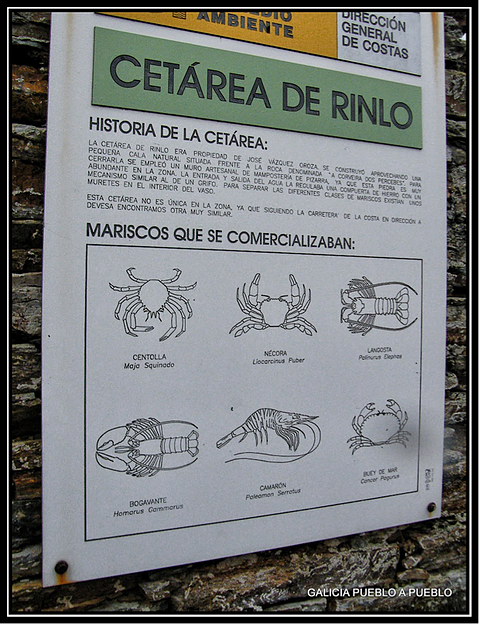
Ketares of Rinlo are probably one of the first natural cetareas that were built in Spain. The first of the three old cetares began construction in 1904. It took advantage of a natural canal that was opening the sea and erosion between the rocks. Then walls were built in order to retain embalmed water that enters with the tide through a gate. The walls also serve to prevent the entry of the waves, forming large natural pools.
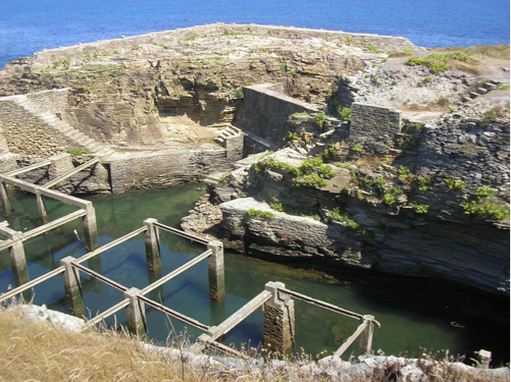
In the kearea, centollos, lobsters and other seafood of excellent quality were bred to an optimal size of marketing. We can also find ceáreas in Tapia de Casariego that we will leave for another excursion.
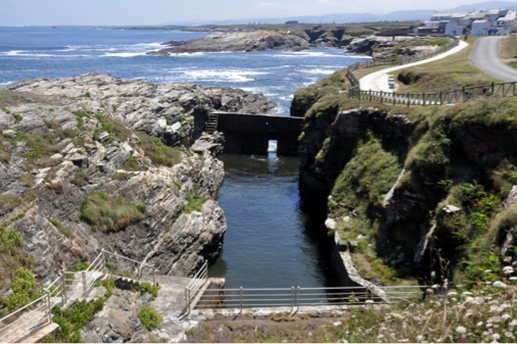
Rinlo
In view of the cearea we will have to visit the small but attractive fishing village of Rinlo. The sea makes its way into its houses and streets, breathing an atmosphere of sea flavor in all its corners. The origin of Rinlo dates back about five hundred years. It has an important tradition of fishermen or whale hunters that even today retains all its charm of fishing village.
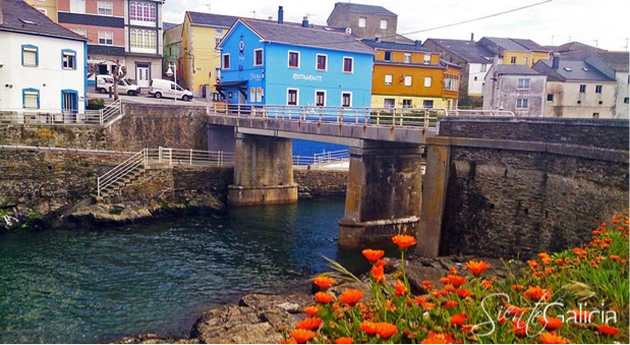
At lunchtime we will enjoy the gastronomy of the area and especially rice with lobster. Very interesting the one of the Restaurant La Cofradía, in which you have to book with enough time since otherwise we will not find a table. If we do not find a table in the Restaurant la Cofradía, we can try it in the Restaurants A Mirandilla or Porto de Rinlo.
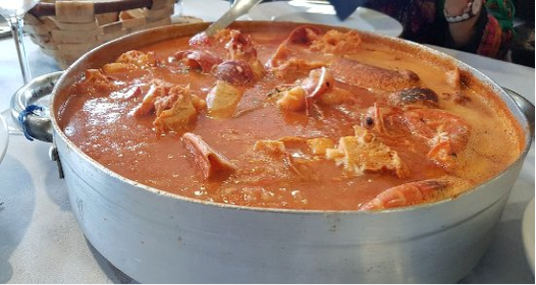
Pancha Island
If we still have time we can get close to Illa Plancha and from there on the coast to Ribadeo.L
a Isla Pancha is a small islet located in the Galician part of the mouth of the river Eo. We find two lighthouses, one of them from 1860, painted white and blue. This lighthouse sets a wonderful setting with the green of the ground and the blue of the sea. In spring, when cat nails bloom, much of the green turns lilac and is even more spectacular. The islet cannot be accessed, but the area has a spectacular recreation area where you can enjoy the landscape of the area. In this space there is no bar but if you have areas to rest with rustic tables.
Fort of St. Damian
We can continue our itinerary to Ribadeo where we will meet the Castle of San Damián or Fort of San Damián. It is a military construction of the early seventeenth century, due to the Marquis of Cerralbo. Its purpose was to protect the village of Ribadeo from sea attacks. It currently houses a municipal exhibition hall and can be visited. The outer wall, high chairs, moat and buttresses are preserved fairly well. It is worth taking a walk inside, as the views are unbeatable. On the other hand, children like it a lot. They’re impressed to be in a “castle.”
The cargo
Then we will pass through the Parque de El Cargadero. In this area has reproduced what was an old ore cargo, to which it owes its name.
